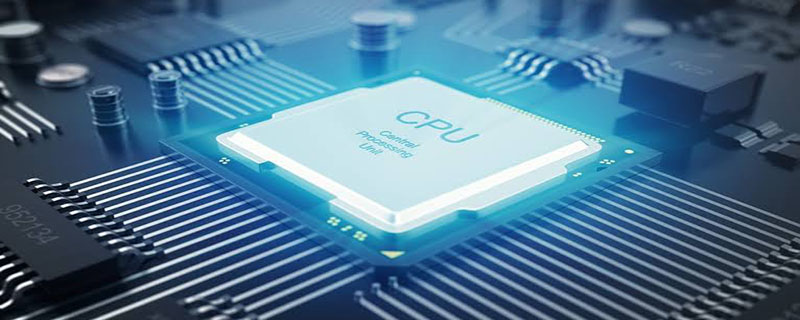

#The computer storage component that the central processing unit (CPU) can directly read and write is memory. (Recommended learning: web front-end video tutorial)
Memory is a storage space that can be directly addressed by the CPU. It is characterized by fast access speed and its function is temporary storage. Computational data in the CPU, and data exchanged with external memories such as hard disks.
Normally used programs, such as Windows operating system, game software, etc., are generally installed on external storage such as hard disks. All programs in the computer run in the memory. When you choose to save, the data in the memory will be saved to the hard disk.
Classification of memory
1. Read-only memory ROM
The data in the read-only memory can only be read out It cannot be modified or deleted by the user, so it is generally used to store fixed programs.
2. Random access memory RAM
Random access memory is often referred to as computer memory. Because its product is in the shape of a strip, it is generally called a memory stick. Random access memory is also divided into There are two types of static random access memory and dynamic random access memory.
(1) SDRAM, that is, Synchronous DRAM (Synchronous Dynamic Random Access Memory), its working speed is synchronized with the system bus speed, that is, synchronized with the system clock, thus avoiding unnecessary waiting cycles. Reduce data storage time. Synchronization also lets the memory controller know which clock pulse period is used by the data request, so data can begin transferring during the rising period of the pulse.
(2) DDR, DDR SDRAM, is the abbreviation of Double Data Rate SDRAM and is a double-rate synchronous dynamic random access memory. SDRAM only transmits data once in one clock cycle, and it transmits data in the rising period of the clock; while DDR memory transmits data twice in one clock cycle, and it can transmit data once in the rising and falling periods of the clock. .
(3) RDRAM (Rambus DRAM) is a memory developed by RAMBUS Company in the United States. It adopts a serial data transmission mode. The data storage bit width is 16 bits, which is much lower than the 64 bits of DDR and SDRAM. bit, but in terms of frequency, it is much higher than the two, and can reach 400MHz or even higher.
3. Cache Memory
Cache memory is created to increase the memory access performance and improve the efficiency of the CPU in processing data. Using Cache as a medium, first put the contents of the relevant program into the Cache, and the CPU can directly read the data from the Cache, thereby achieving the purpose of increasing the CPU's working speed. Processors include cache memory internally, and some motherboards also have cache memory.
The above is the detailed content of The computer storage component that the CPU can directly read and write is. For more information, please follow other related articles on the PHP Chinese website!
 What to do if the CPU temperature is too high
What to do if the CPU temperature is too high
 A memory that can exchange information directly with the CPU is a
A memory that can exchange information directly with the CPU is a
 The main components that make up the CPU
The main components that make up the CPU
 What are the video server configuration parameters?
What are the video server configuration parameters?
 How to solve cpu fan error
How to solve cpu fan error
 What to do if the CPU usage is too high
What to do if the CPU usage is too high
 Introduction to CPU performance index parameters
Introduction to CPU performance index parameters
 What are the Chinese programming languages?
What are the Chinese programming languages?